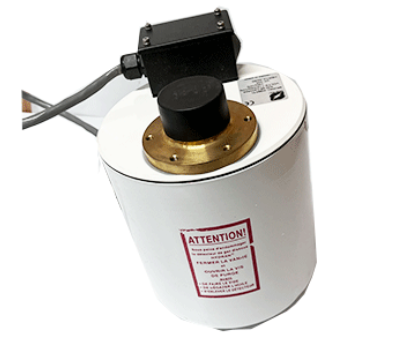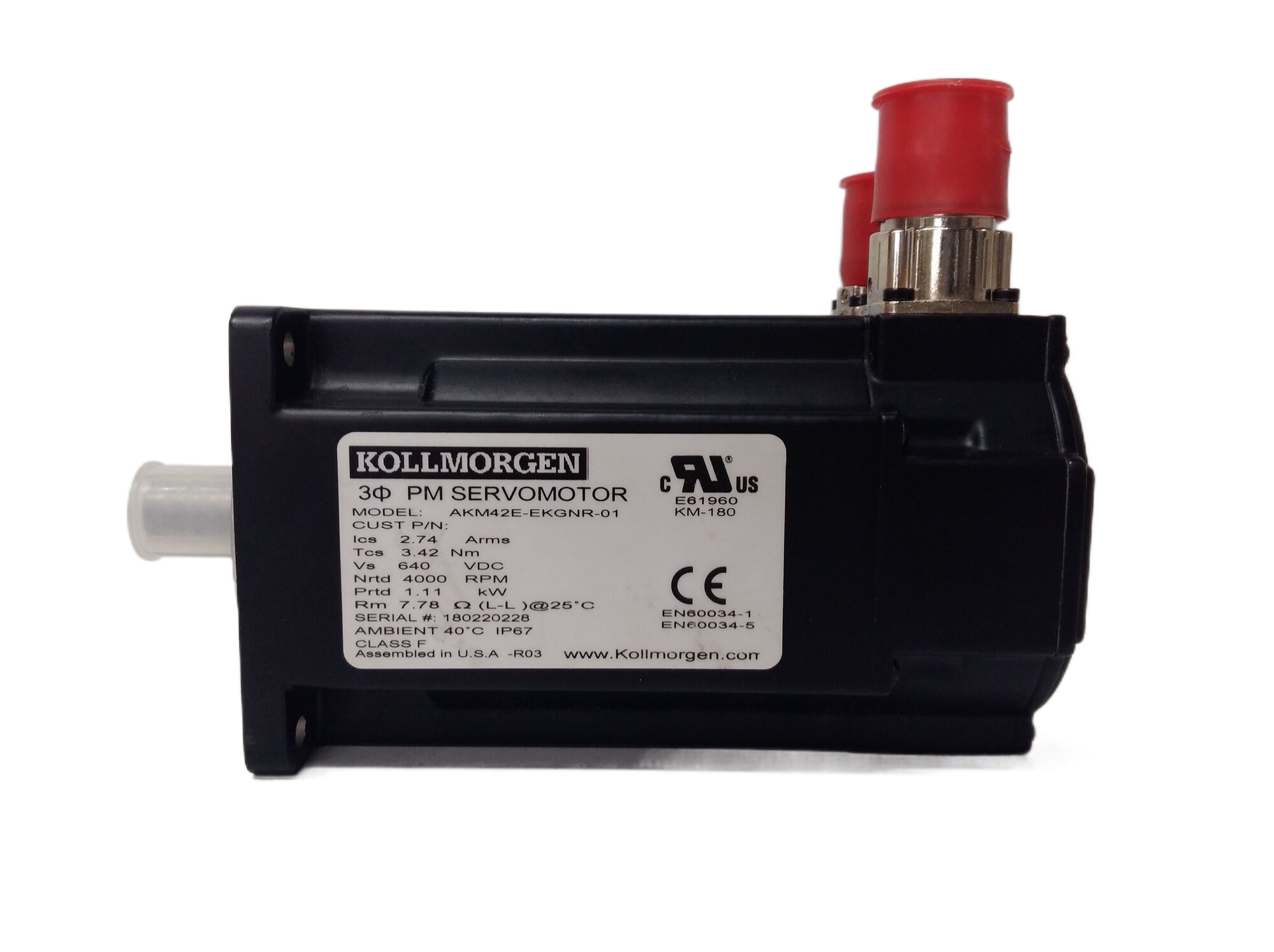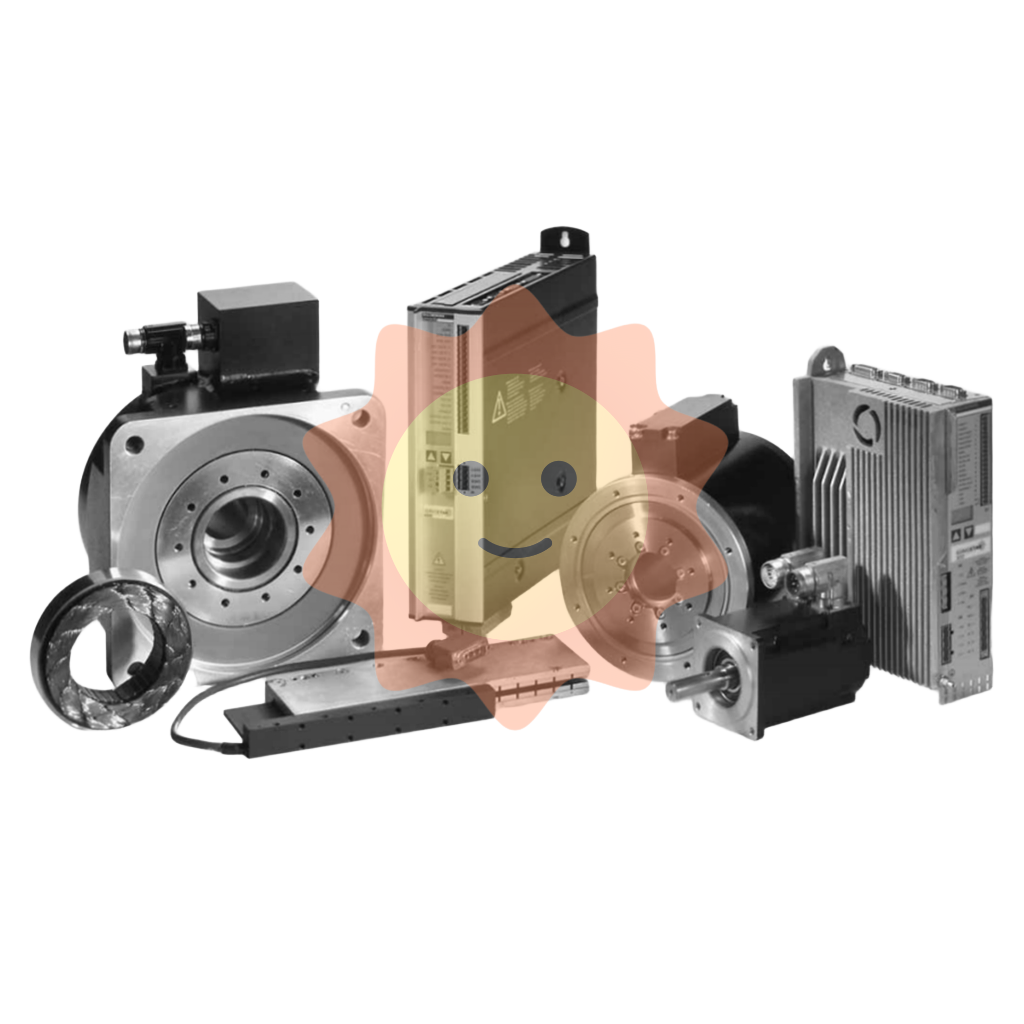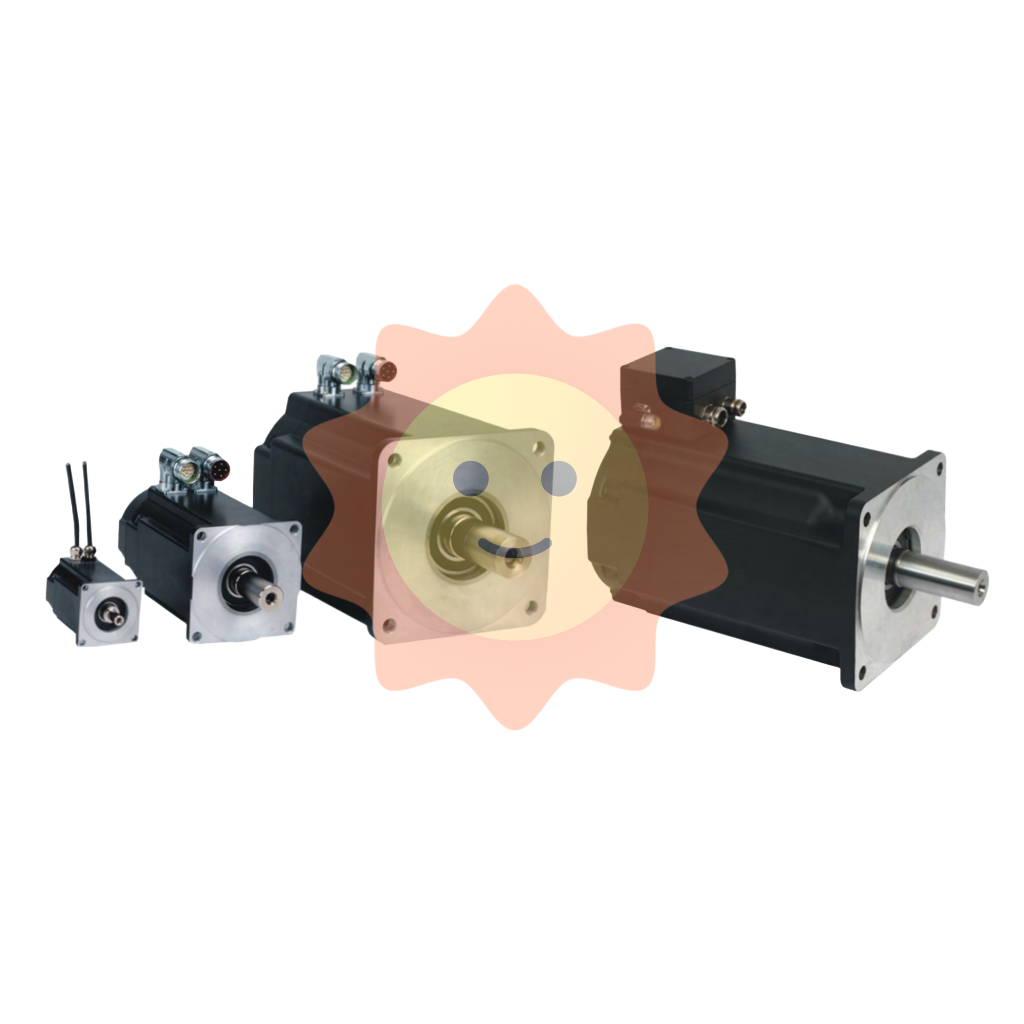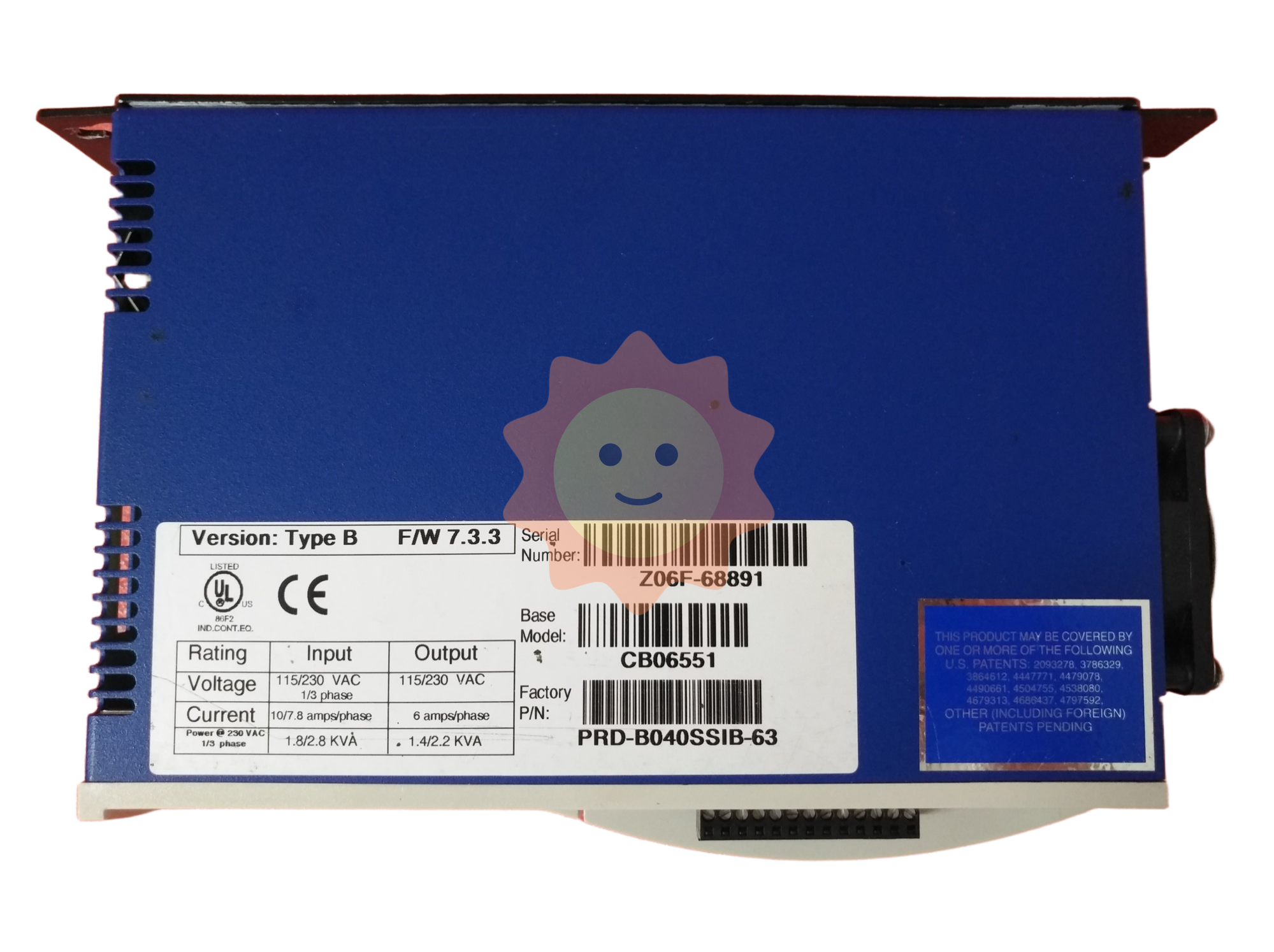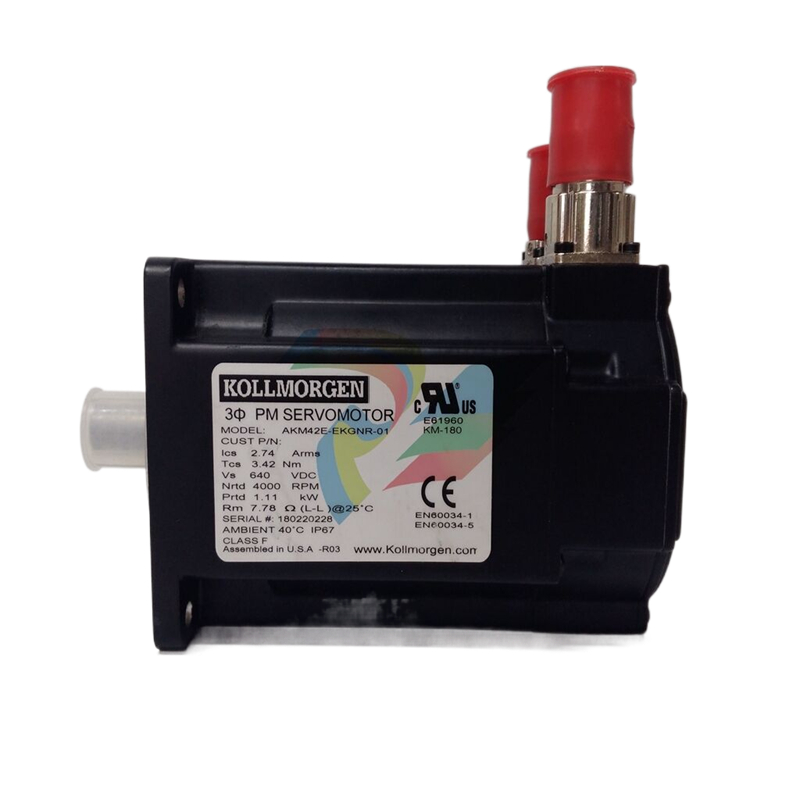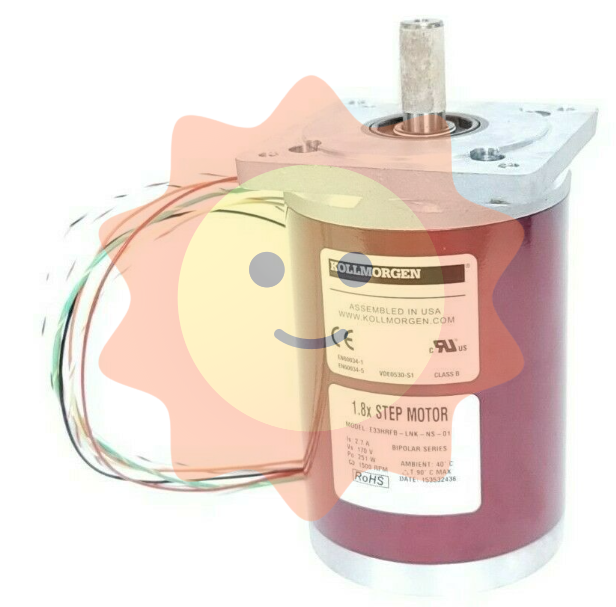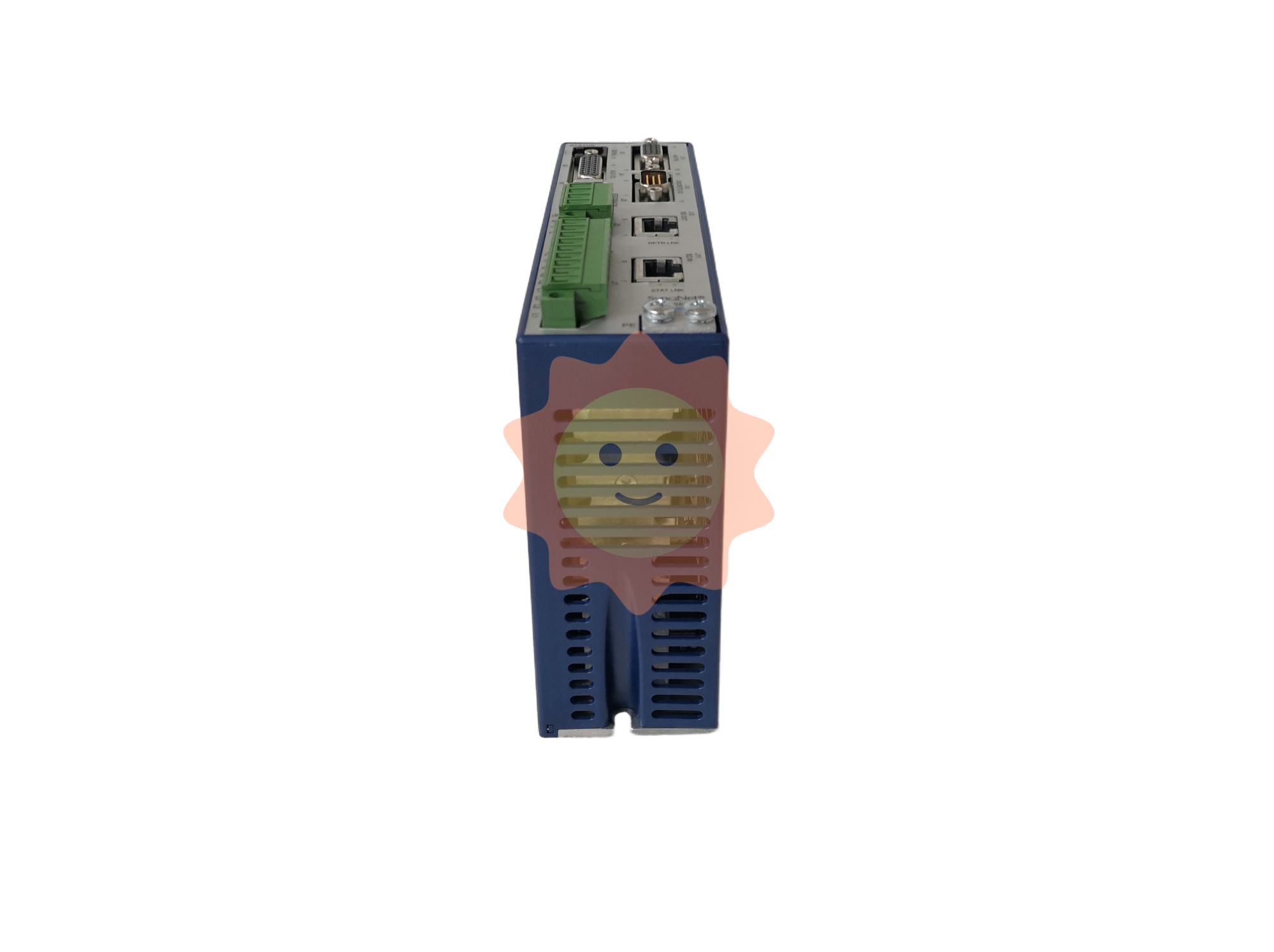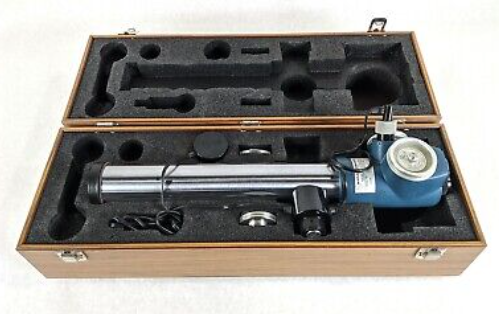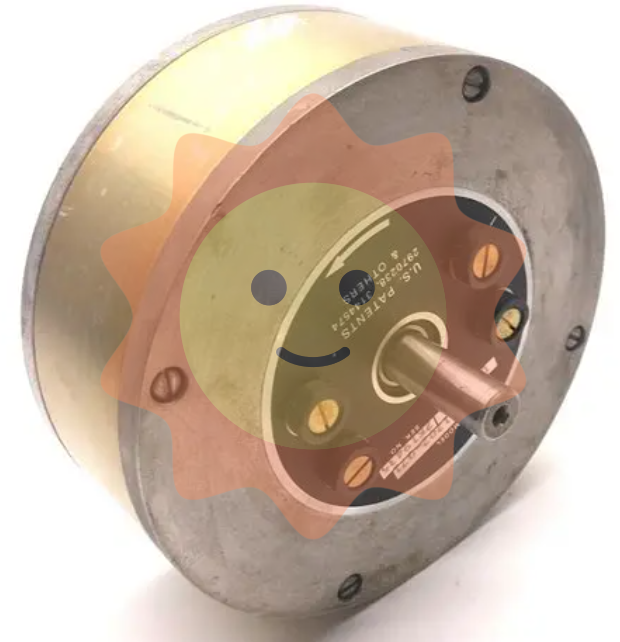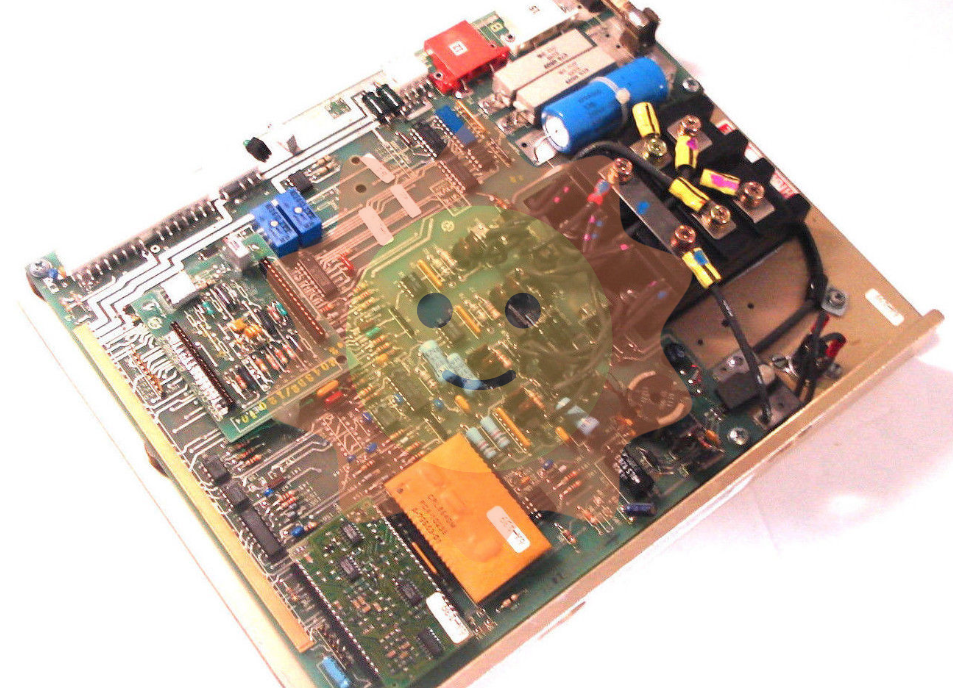Fine chemicals and fine chemicals are exactly research?
1. Fine chemical products and the concept of fine chemical industry
First of all, let's distinguish between the two concepts of "fine chemical products" and "fine chemical products". In daily life, most of the chemical products we come into contact with are fine chemical products, behind which is a huge fine chemical industry.
According to the production characteristics, application characteristics and commercial characteristics of chemical products, chemical products are usually divided into two categories:
(1) Basic chemical products
(2) Fine chemical products
Let's start with basic chemical products. Its English name is heavy chemicals, in fact, it can also be translated into large chemical products, the most distinctive feature is the high yield, such as the coke I am studying.
Basic chemical products are also known as general chemical products or bulk chemical products [1]. Basic chemical products refer to the mass production of basic chemical raw materials and materials, generally from cheap, easy to obtain natural resources and other basic raw materials through one or several chemical processing and the most basic chemical raw materials products. Simply defined as: mass production and sales of chemicals are collectively referred to as general chemicals, typical such as "three acids", "two bases", synthetic plastics, synthetic rubber, synthetic fiber three categories of synthetic materials.
Its products are characterized by a wide range of applications, large production batches, large-scale production equipment, and relatively low added value

fine chemical products, fine chemicals, with specialized functions, research and development, production and application of high technology-intensive, formulation technology often can affect product performance, high added value, small batch of multi-variety chemical products, known as fine chemical products (fine chemicals). The industry that produces fine chemical products is called fine chemical industry (fine chemical industry), referred to as fine chemical industry.
Fine chemicals are single compounds, and special chemicals are often formulated products; The use of fine chemicals is wide, and the use of special chemicals is narrow; Fine chemicals are generally manufactured by one method or a similar method, and the manufacturers of special chemicals can be different or even completely different; Fine chemicals are sold according to chemical composition, and special chemicals are sold according to function. The life cycle of fine chemicals is long, the life cycle of special chemicals is short, and the product replacement is fast; Specialty chemicals offer higher added value, higher margins, and greater technology intensity.
The most developed countries in the world's fine chemical industry are the United States, Germany and Japan, and the definition currently recognized by most countries is:
For the primary or secondary chemicals produced by the basic chemical industry, a series of products with specific functions, specific uses and small batch production after deep processing are called fine chemicals.
Fine chemicals Chemistry The science of the composition, structure, properties, change, preparation, and application of fine chemicals. Fine chemical industry is the abbreviation of "fine chemical production industry", which belongs to the field of chemical engineering.

2. Formation and development of fine chemical industry
The concept of fine chemicals was first put forward by Japan in the 1970s. Since 1955, Japan's petrochemical industry has developed rapidly and become the second largest chemical power in the world. The development of petrochemical industry has provided abundant basic raw materials and vigorously promoted the development of other industries and the entire national economy. The 1960s was the heyday of Japan's chemical industry. After the 1970s, the oil crisis hit Japan's chemical industry, which took petrochemicals as its pillar, forcing the government to reconsider its development policy of chemical industry and start to focus on the in-depth development of chemical products, the expansion of application scope and the improvement of added value. The concept of fine chemical industry is put forward.
3. Category and classification of fine chemical products
The range of fine chemical products is very wide, and its development develops with the development of the chemical industry. At first, it is represented by medicine, dyes and spices. Then, the rise of three major materials in the petroleum industry has driven the development of fine chemical industry, such as stabilizers, plasticizers, additives, etc. At the same time, it has driven the renewal of catalysts. Its scope is growing, the variety is also increasing day by day. Therefore, there are different views on how to classify fine chemical products.
4, the characteristics of fine chemical industry
1) Research and development characteristics of fine chemicals
According to Japanese data, the knowledge density of the chemical industry [3] is 248, that of the mechanical industry is 100, and that of the pharmaceutical industry is 340, and the probability of successful research and development is low [4]. Take a long time; High research and development costs [5]. Its technology and products are updated quickly, and the development of fine chemical products, especially special chemicals, is closely related to the progress of science and technology, the development of social economy and the improvement of people's living standards. The quality requirements for fine chemical products have different quality standards for different products and different application fields.

2) Production characteristics of fine chemicals
Relative to the petrochemical industry and other large chemical tons, million tons of scale, fine chemical production batch is much smaller. Variety is not only a production feature of fine chemical industry, whether the variety is rich and whether the specifications are complete is also an important sign to evaluate the level of a country's fine chemical industry. Integrated production process and multi-functional production equipment, mainly intermittent production.
3) Commercial characteristics of fine chemical products
Fine chemical products have a strong market dependency [7], fine chemical investment is small, the market entry threshold is low, many fine chemical products are terminal consumer goods, strong commodity, directly accepted by consumers to choose, the competition is fierce. Due to the nature of the market, all activities of the production enterprise should revolve around the market, pay special attention to the market situation of the product, market analysis of the product, market research.
4) Economic characteristics of fine chemicals
The economic characteristics of fine chemical industry are high investment efficiency, high added value and high profit margin!
5, the development trend of fine chemicals
It can be said that the sales of fine chemicals are growing rapidly, and the precision rate is constantly improving. The level of fine chemical industry [10] has become one of the main indicators to measure the level of chemical industry development in a country or region.
1) Fine Chemicals of the United States
In the 1960s, the United States developed water treatment agents; In the early 1970s, oilfield chemicals became a hot product; In the late 1970s, reagents used in the electronics industry became the focus; Sales of specialty chemicals peaked in the 1980s. In recent years, annual sales of fine chemicals in the United States were about $125 billion, ranking first in the world.

2) Western European fine chemicals
Since the 1970s, the so-called "differential growth strategy" has been adopted, that is, the selective and focused development of fine chemical products with their own characteristics and technical advantages, represented by the German fine chemical industry.
3) Japanese Fine Chemicals
1960s Japan first proposed the concept of Fine Chemicals, and the output of fine chemical industry ranks third in the world.
The United States, Western Europe and Japan are more developed countries and regions in the production and consumption of fine chemicals in the world. The total turnover of the three accounts for about 77% of the global specialty chemicals turnover! The major producers of fine chemicals in the world are several well-known large chemical companies:
Dupont in the United States
Bayer AG of Germany
Sumitomo Chemical Industries of Japan
4) China Fine Chemical Industry
The processing and export of the world's important fine chemical raw materials and intermediates. Fine chemical industry has reached 25 categories, varieties up to 30,000 kinds, has built 10 fine chemical technology development centers, fine chemical production capacity of nearly 13.5 million tons/year, the annual output of nearly 9.7 million tons, the annual output value of more than 100 billion yuan. China is the world's first dye production and export power, the world's second largest paint producer, pesticide production ranks second in the world.

5) The status quo and main problems of China's fine chemical industry
From the 1980s, China proposed to vigorously develop the strategic policy of fine chemical industry, with the support of national industrial policies and plans, especially in the 1990s nearly 10 years, the state has arranged more than 100 large-scale fine chemical construction and transformation projects, with a total investment of nearly 10 billion yuan, which greatly promoted the development of China's fine chemical industry. The precision reaches 40%. The number of fine chemical enterprises in China is more than 10,000, the number of product varieties is about 30,000, and the annual output value is over 100 billion (more than 120 billion yuan).
The degree of refinement needs to be improved.
The original innovation ability is insufficient, and many technical products rely on the introduction of digestion and imitation.
The applied research and development ability is insufficient, the market cultivation and development efforts are not enough, especially the enterprise-centered technological innovation is still in the pioneering stage.
The technical content is not high, the varieties are few, and the old products in some industries account for more than 1/3, and the structural contradictions that the supply of middle and low grade products exceeds the demand and the high technical content products are in short supply coexist.
Production capacity is insufficient, and some can only play 30% to 50%.
The level of environmental friendliness is low and the problem of environmental pollution is big.
The concentration of enterprises is small and the efficiency of resource allocation is low.
In the context of carbon neutrality, relying on high and new technologies, the fine chemical industry must move towards the direction of low pollution, green and high function of no pollution, and achieve sustainable development.
- EMERSON
- Honeywell
- CTI
- Rolls-Royce
- General Electric
- Woodward
- Yaskawa
- xYCOM
- Motorola
- Siemens
- Rockwell
- ABB
- B&R
- HIMA
- Construction site
- electricity
- Automobile market
- PLC
- DCS
- Motor drivers
- VSD
- Implications
- cement
- CO2
- CEM
- methane
- Artificial intelligence
- Titanic
- Solar energy
- Hydrogen fuel cell
- Hydrogen and fuel cells
- Hydrogen and oxygen fuel cells
- tyre
- Chemical fiber
- dynamo
- corpuscle
- Pulp and paper
- printing
- fossil
- FANUC
- Food and beverage
- Life science
- Sewage treatment
- Personal care
- electricity
- boats
- infrastructure
- Automobile industry
- metallurgy
- Nuclear power generation
- Geothermal power generation
- Water and wastewater
- Infrastructure construction
- Mine hazard
- steel
- papermaking
- Natural gas industry
- Infrastructure construction
- Power and energy
- Rubber and plastic
- Renewable energy
- pharmacy
- mining
- Plastic industry
- Schneider
- Kongsberg
- NI
- Wind energy
- International petroleum
- International new energy network
- gas
- WATLOW
- ProSoft
- SEW
- wind
- ADVANCED
- Reliance
- YOKOGAWA
- TRICONEX
- FOXBORO
- METSO
- MAN
- Advantest
- ADVANCED
- ALSTOM
- Control Wave
- AB
- AMAT
- STUDER
- KONGSBERG
- MOTOROLA
- DANAHER MOTION
- Bently
- Galil
- EATON
- MOLEX
- Triconex
- DEIF
- B&W
- ZYGO
- Aerotech
- DANFOSS
- KOLLMORGEN
- Beijer
- Endress+Hauser
- MOOG


Email:wang@kongjiangauto.com

